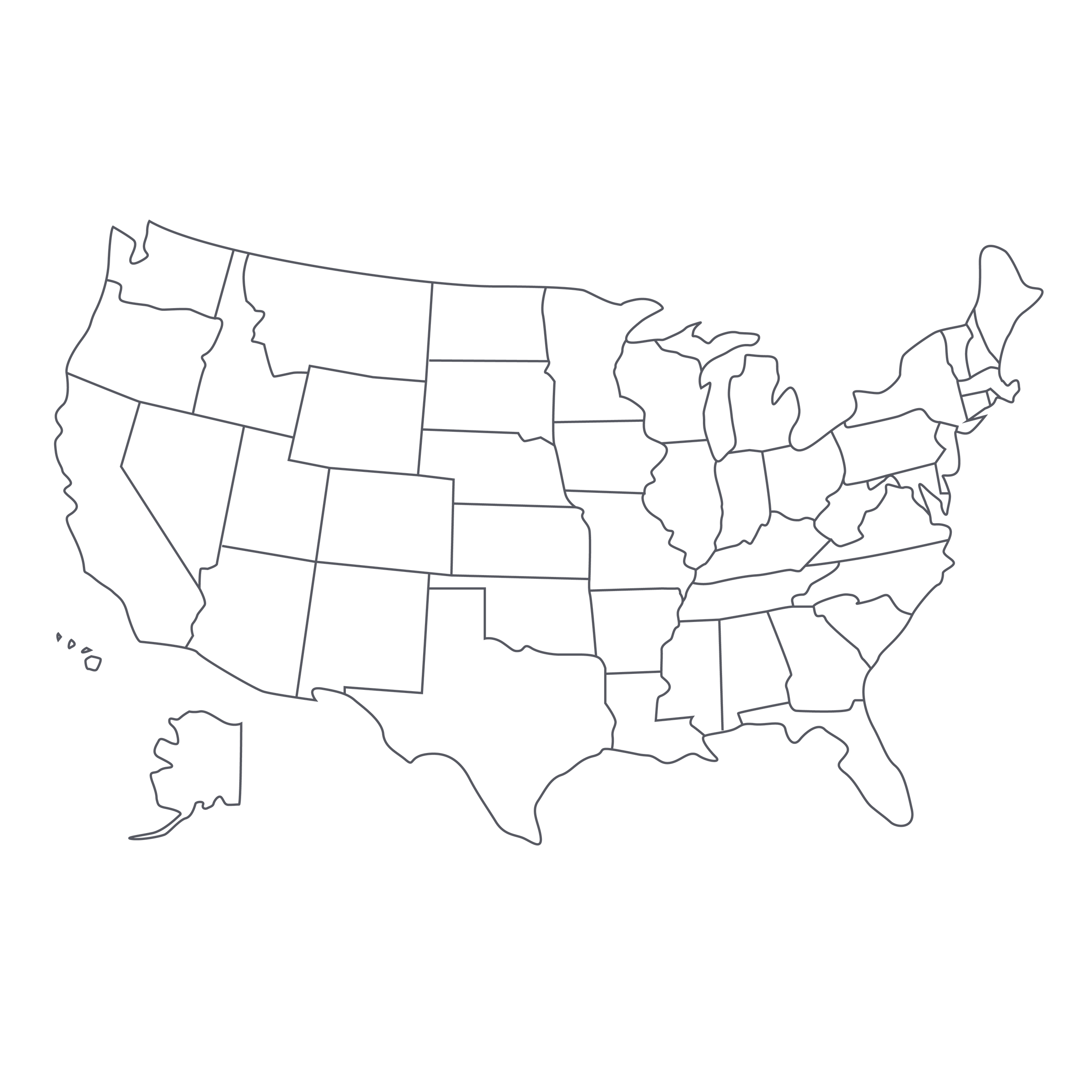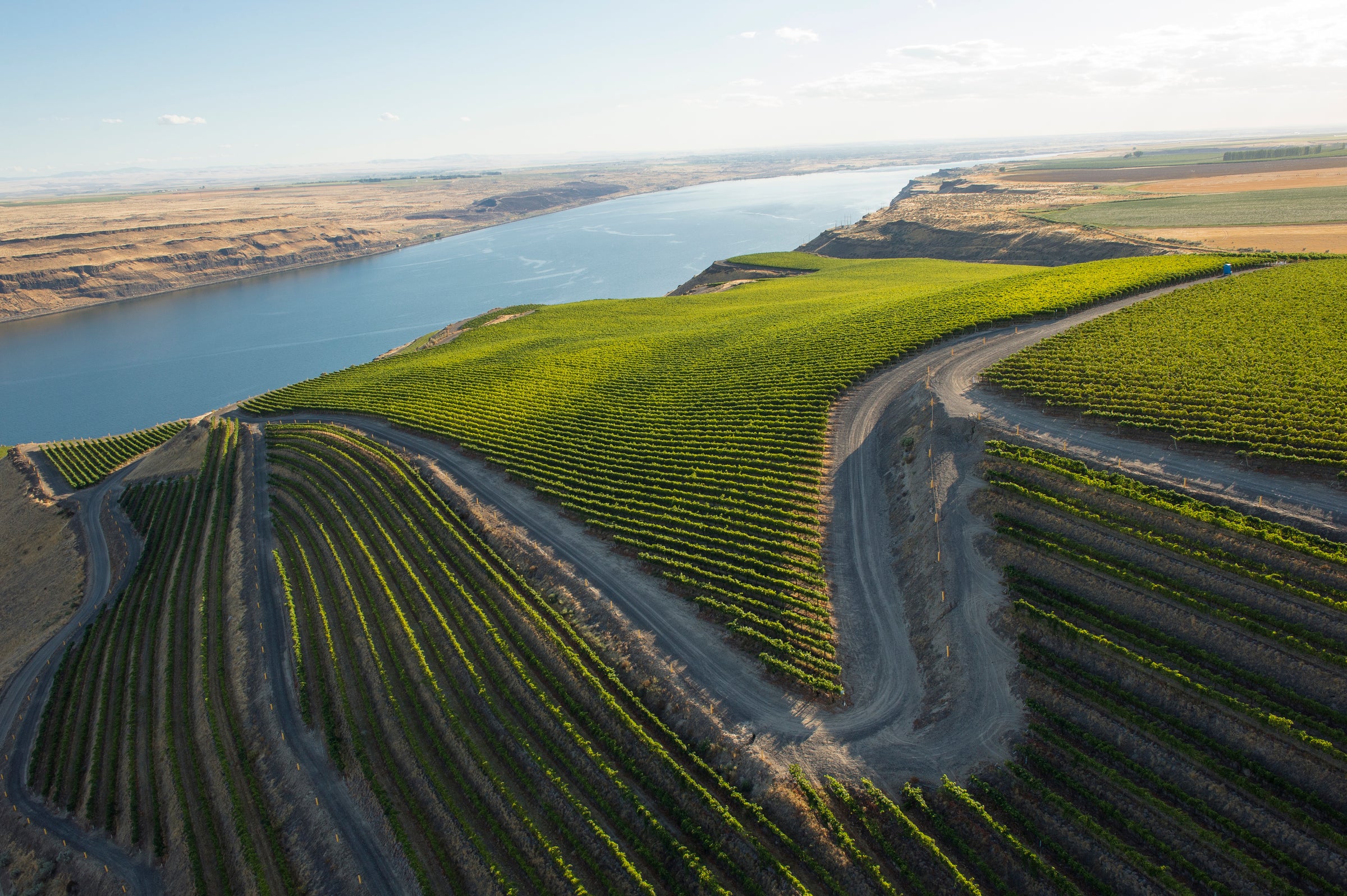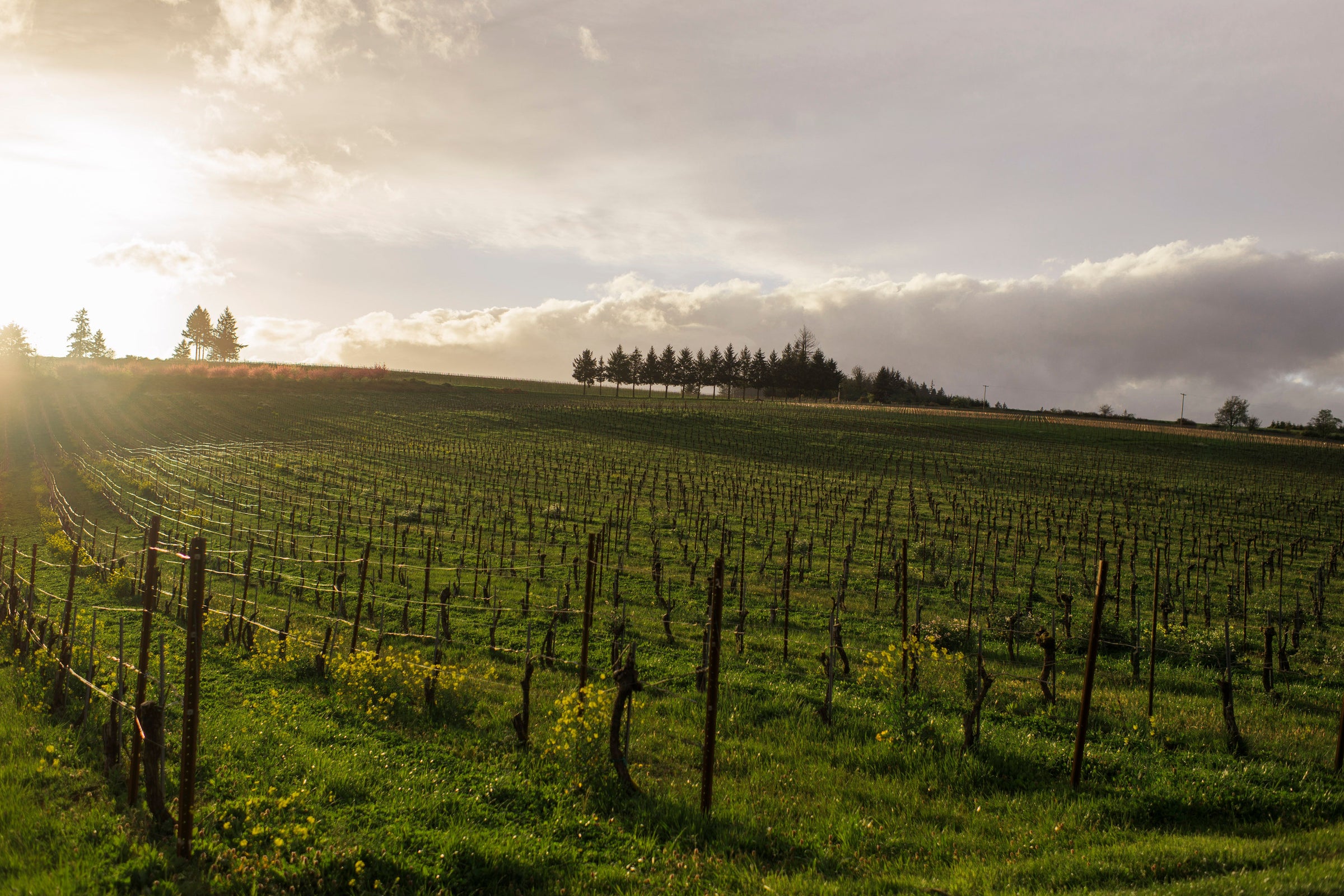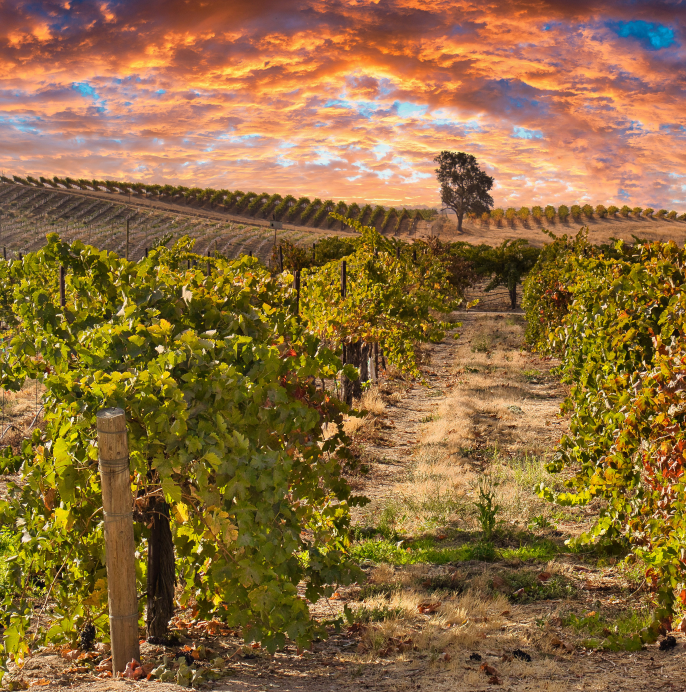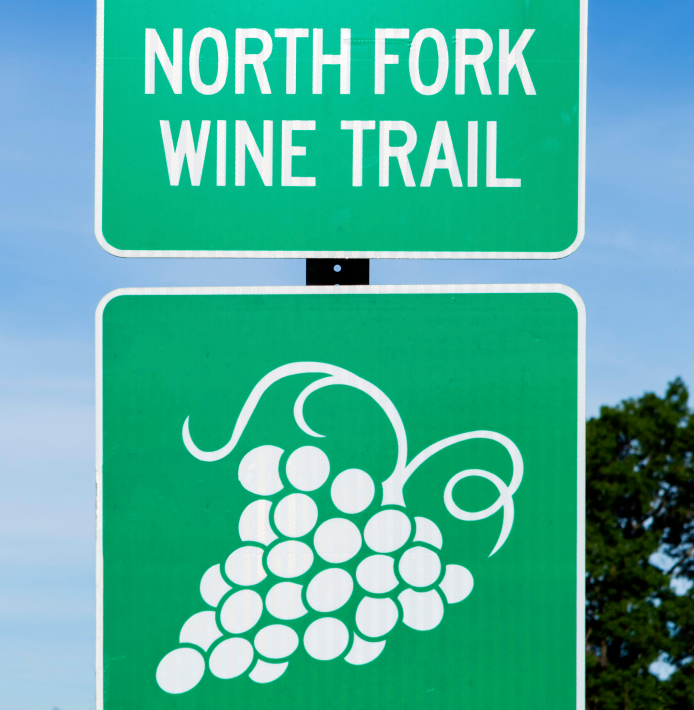The SparkNotes? Today’s rare, Burgundy-toppling library release from the backwoods of Humboldt is my sleeper wine of 2020. But the full story very much deserves to be heard, so please indulge me while I explain why my head is still spinning from today’s elegant and disarmingly aromatic Pinot Noir. Back in early July, an old acquaintance told me if I made the trek to Humboldt County that weekend, he could set up a meeting with Andrew Morris of Briceland Vineyards. I lurched at the opportunity. This was a name I was extremely familiar with, but my encounters with his wines were limited, and the dearth of information had turned him into somewhat of a legend in my mind. What my family and I discovered in this hidden oasis was anything but: Andrew is quietly crafting real, breathtaking wine here, and today’s 2015 absolutely rocked my world. This isn’t just world-class Pinot—it’s worthy of the history books, and should serve as the singular, global reference point for Humboldt’s remote “Burgundian” terroir.
A highly secreted wine scene is buzzing throughout this vast expanse of towering Redwoods and cloistered vineyards, and the origin story leads to Briceland Vineyards. Truly, they are the OGs of Humboldt wine, pioneers who disproved the naysayers by devoting years of painstaking climatic and soil science research before breaking ground and planting their first vines in the ‘70s. Ever since, a quiet revolution has been forming, and Briceland’s organic, long-aged, unfiltered/unfined Pinots have garnered a devout underground following. Want to try one? Typically, I’d say tough luck, as they’re produced in pitifully small quantities and have practically no retail exposure. But today, after striking up a direct deal, you have access to his stunning 2015 “Ronda’s Vineyard” Pinot Noir. Only 117 total cases were originally produced, and we’re in possession of the final few.
Founded in 1985 by Joe Collins, a UC Davis-trained enologist with decades of experience, Briceland Vineyards is the antithesis of a vanity project—this artisan estate laid the winegrowing foundation for Humboldt County and, for 35 years and counting, has been the untouchable gold standard in the region. According to The Prince of Pinot blog, Joe was “involved in the planning, establishment and management of practically all the early vineyards suited to Pinot Noir, Chardonnay and Sauvignon Blanc.” Today, his stepson Andrew Morris is the reigning proprietor/winemaker and the wines he handcrafts here hold an unbelievable degree of quality, value, and purity. Despite Briceland’s rich history and local fame, these wines are still incredibly hard to track down: you must either drive up to meet him personally or stumble upon one of his rare, self-run flash sales on an online forum—yes you heard me correctly.
With 1,000+ farmsteads claiming stake to Humboldt County’s 2.3 million acres of land, and a quiet charm and climate akin to Burgundy, you’d think this would be a wine epicenter. But, in reality, only around 150 acres are planted to wine grapes. Accordingly, every row, every vine, is treasured. As for Ronda’s Vineyard? This is high, high-elevation stuff: Perched at 1,600 feet above sea level, just a few miles northwest of Briceland’s home base, this terraced, south-facing vineyard is perfect for Pinot Noir. It experiences cool fog and wide diurnal shifts, is largely protected from harsh wines due to a natural amphitheater of trees, and the nearly 40-year-old vines are rooted in rich rocky loam and decomposed limestone.
All farming is carried out with a strict organic mindset—chemicals/synthetics have never touched this piece of land—and harvesting by hand occurs well into October, which results in more hang time, ripening, and overall balance. In 2015, Andrew harvested Ronda’s Vineyard in two passes, October 11th and October 18th. In the winery, the grapes fermented in five French barrels, one new, and then continued aging for a total of 23 months—that’s nearly two years in oak! After blending, the wine was bottled without fining or filtration. This final parcel has only just left the cellar, and is current en route to our warehouse.
NOTE: Some of your bottles may have a crystalized ring at the neck, just under the cork, but have no fear: these are harmless, naturally occurring tartrates (tartaric acid buildup) that Andrew chose not to remove in order to keep the wine as pure as possible. We suggest decanting the wine for 30 minutes, and by the time you pour it into Burgundy stems, the tartrate crystals will have sunk to the bottom of the decanter.
Now, onto the good stuff: If this wine doesn’t blow you away, I’ll be shocked—genuinely shocked. It pours a limpid, radiant ruby in the glass with hints of magenta and wastes no time revealing five years of gorgeous Pinot Noir evolution. Expect jaw-droppingly pure notes of ripe black cherry skin, orange peel, wild strawberry, pomegranate seeds, and ripe red plum next to an earthy fusion of forest floor, petrichor, loose tea, crushed rose petal, and supple baking spices. This comes in at a mere 12.9% alcohol—whoever said Pinot Noir wouldn’t work in cool-climate Humboldt was a fool—yet still delivers an extraordinary level of detail and nuanced profundity on the palate à la Burgundy. Every sip is accompanied with breathtaking finesse, but it’s the pronounced acidic lift and fine-grained tannins that ultimately allow the wine to glide across your palate. At five years old, this has entered its greatest drinking window, one that will stay open for the next 5-10 years. What a stunning achievement from Briceland, and Humboldt County. Don’t miss this gem!


